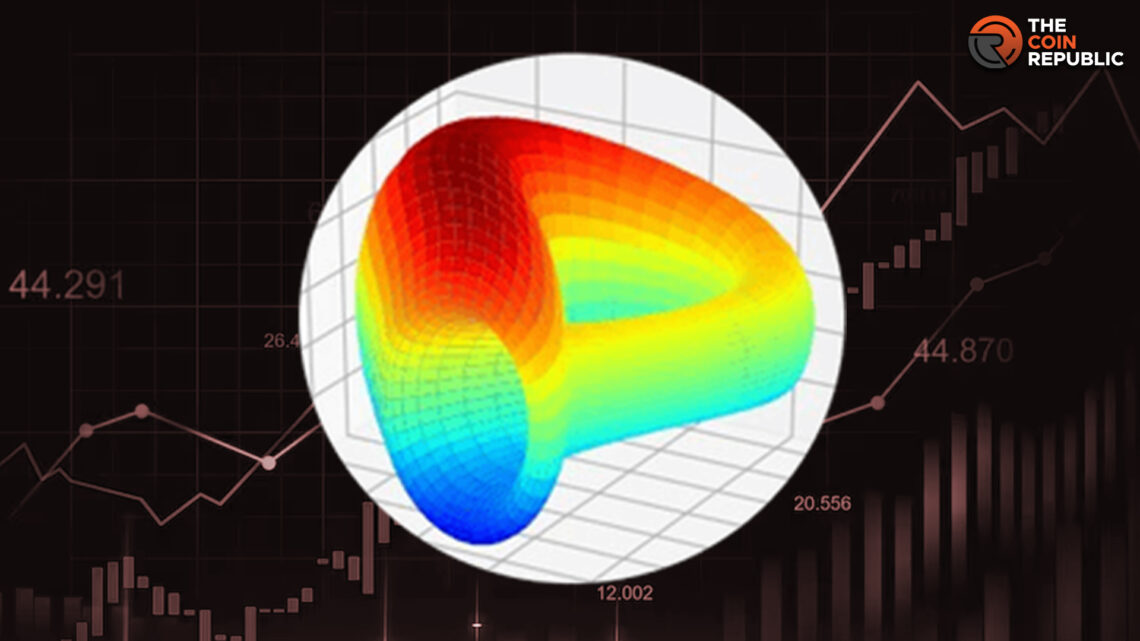- 1 CRV holders shape protocol and earn rewards through governance.
- 2 Liquidity providers influence fees and rewards via gauge staking.
- 3 Curve DAO empowers CRV holders and decentralizes exchange control.
Curve Finance is a DEX for stablecoins and other pegged assets managed by Curve DAO, a decentralized autonomous organization (DAO). To promote low-slippage trades across assets with similar prices, Curve Finance employs an automated market maker (AMM) mechanism.
Governance Through CRV Tokens
In 2020, Curve DAO was established to decentralize protocol governance and financially incentivize platform liquidity providers. Token holders of the CRV cryptocurrency run the DAO by submitting and voting on proposals. Here is a rundown of how Curve DAO functions:
Curve DAO’s protocol updates are administered with the help of a governance token called CRV. If a CRV holder locks up their tokens for an extended period, they will be rewarded with veCRV, which gives them more voting power. Proposals are submitted on the DAO’s parameters page and require a certain number of votes in order to be approved.
Accepted suggestions modify the protocol by adjusting its parameters, such as trading fees, inflation rate, gauge weights, and so on. New pool types or reward distribution schemes are only two examples of the kinds of major modifications that must go through the governance process.
Controlling Rewards from Protocols
Curve employs a liquidity mining program to stimulate the release of cash from sources. Liquidity providers can earn LP tokens by staking their cryptocurrency holdings in Curve pools. Staking LP tokens in ‘gauges’ makes them eligible to take part in the trading fee and CRV emission economies of the DAO.
Governance has established a weekly allotment of inflationary CRV emissions for each gauge. Staking LP tokens in gauges with larger allocations yields greater profits for token holders. When more liquidity is required, the DAO might increase the gauge weight for certain pools.
Trading fees and unallocated CRV token emissions are deposited into the Curve DAO treasury. Spending from the Treasury includes paying for development, buying back and burning CRV, investing in other protocols for yield, and anything else deemed appropriate by governance.
Curve’s multi-sig treasury is managed by the project’s core developers. These decision-makers submit budgetary recommendations and carry them out in accordance with approved plans and operational costs. DAO members can inspect financial transactions on the blockchain.
In Conclusion, Curve DAO is a distributed governance structure that grants the Curve community the ability to decide the protocol’s long-term direction as a whole. Holders of CRVs have a voice in governance, an opportunity to profit from liquidity mining and they have control over the allocation of treasury funds. Using a DAO framework, the popular Curve decentralized exchange may be managed by a community rather than its original creators. Giving CRV holders voting rights makes protocol economics and development more democratic and decentralized.

Andrew is a blockchain developer who developed his interest in cryptocurrencies while pursuing his post-graduation major in blockchain development. He is a keen observer of details and shares his passion for writing, along with coding. His backend knowledge about blockchain helps him give a unique perspective to his writing skills, and a reliable craft at explaining the concepts such as blockchain programming, languages and token minting. He also frequently shares technical details and performance indicators of ICOs and IDOs.


 Home
Home News
News







